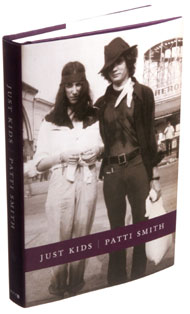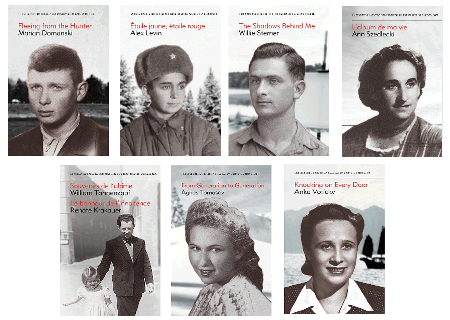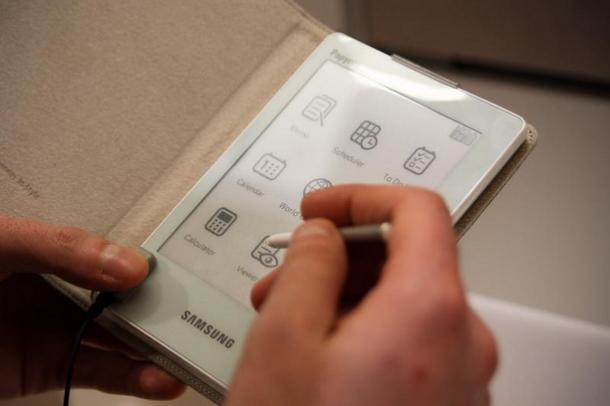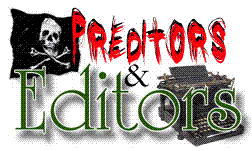A Guide to Self Publishing Options
Biff Barnes
The author who is considering self-publishing may find his attempt to gather information about how to proceed obscured by an array of terminology. Mick Rooney clarifies some commonly used terms in an article on The Self-Publishing Review, “The Types of Self-Publishing – Peeling Away the Layers of Confusion.”



Rooney provides descriptions of Vanity Publishers, Subsidy Publishers, Partnership Publishers, POD (Print on Demand) Publishers, and Independent Publishers. Rooney brings some transparency to the jumble of terms which confront authors. That’s useful.
But there’s one thing missing – true self publishing. In the most of the paths to publication Rooney describes the author signs an agreement with the publisher to provide services. Often in exchange the company receives control of rights, including copyrights to the book. The book then becomes theirs. The author receives royalties for a percentage of the sales. In the meantime the publisher often provides in-house editing and design services.
In a true self-publication the author handles all the arrangements to produce the book and retains all rights to the book. If the author requires services like editing and book design, he contracts with free lance editors and designers. If the author wants help with marketing services she hires someone to provide them.
David Carnoy, a columnist at cnet, wrote about is own experience in publishing a book in an article “Self Publishing: 25 Things You Need to Know,” advised, “I’d never work with [a publisher’s] in-house editors, copy editors and in-house design people…it’s better to hire your own people and work with them directly.”
When the book is ready the self-publishing author can seek someone who will offer the best price on printing it without any related services added on.
Is self publishing the route for your book or would you be better off with one of the publishing arrangements Rooney describes? The answer depends on your goals for your book, your budget for its production and your comfort level with managing all of the arrangements independently. But it’s certainly a possibility that any author seeking a path to publication should consider.
Click here to read Mick Rooney’s “The Types of Self-Publishing – Peeling Away the Layers of Confusion.”
Click here to read David Carnoy’s “Self-Publishing: 25 Things You Need to Know.”











 If you are thinking about self-publishing The Self-Publishing Review is a resource you should check out. The site is an online magazine, and indeed a community, for people interested in self-publishing. Many of its articles are written with people who have commercial self-publishing in mind. These features focus on publicity and distribution channels.
If you are thinking about self-publishing The Self-Publishing Review is a resource you should check out. The site is an online magazine, and indeed a community, for people interested in self-publishing. Many of its articles are written with people who have commercial self-publishing in mind. These features focus on publicity and distribution channels.